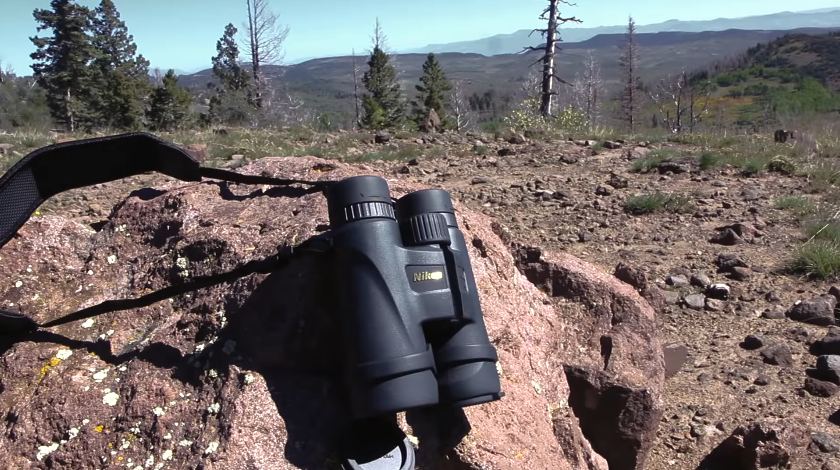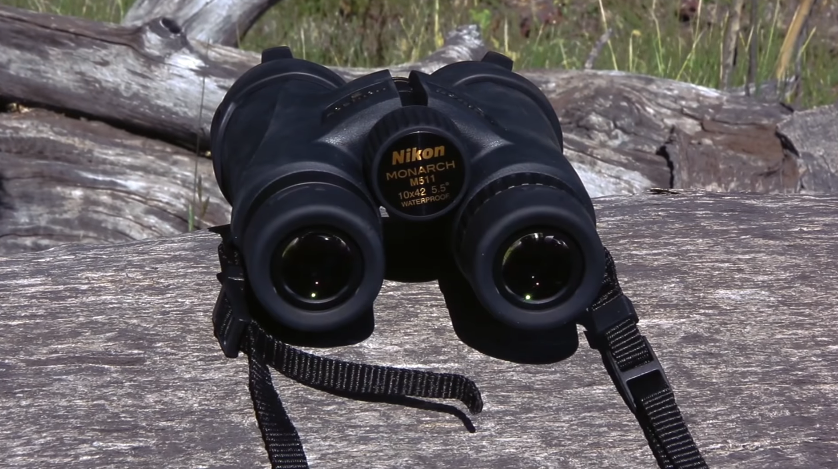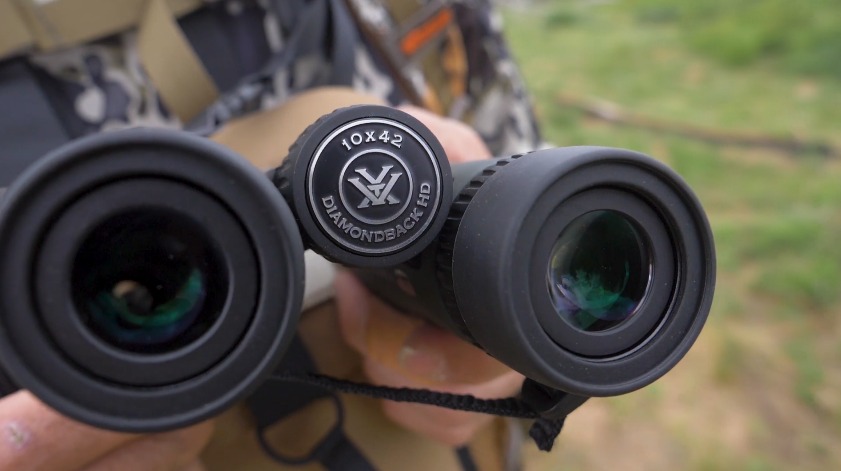Confused? Need help with deciding which binoculars to buy? The Nikon monarch 5 or the Vortex diamondback HD? Hold tight, we have gathered all the information you need. Pros, cons, features, and even opinions from those who have field tested both products extensively.
Both Nikon monarch 5 and Vortex diamondback are entry-level binoculars with excellent features. Here’s a quick comparison of those features, but keep reading if you need help with what all this means!
| Nikon Monarch 5 | Vortex Diamondback HD | |
| Magnification | 8X | 10X |
| Objective size | 42mm | 42mm |
| Size | 5.7” | 5.7” |
| Eye relief | 19.5mm | 15mm |
| FOV | 330’ | 330’ |
| Close focus distance | 7.8’ | 5’ |
| Weight | 20.8 Oz | 21.3 Oz |
| Check Price On Amazon | Check Price On Amazon |
Nikon Monarch 5 vs Vortex Diamondback – Which One Is Better?
Both of these binoculars are excellent entry-level binoculars which are available at the average price of 200-300 dollars. There is not much difference between the size or weight of these binoculars. The objective size is also the same for both Nikon Monarch 5 and Vortex Diamondback HD. So, if so much is similar then what is different between these two binoculars?
The answer to this question is the magnification ranges of both binoculars. The Nikon Monarch is an 8×42 binocular while the Vortex Diamondback HD is a 10×42 binocular. Whether this is good or bad though honestly depends on personal preference, and the activity that you’re perusing. Many hunters prefer 10x, but a lot of bird watchers prefer 7 or 8x in their binoculars.
The second difference is the eye relief that these binoculars feature. Nikon Monarch 5 features an eye relief of 19.5mm and on the other hand Vortex Diamondback HD features an eye relief of 15mm.
The third difference between these binoculars is the close focus distance. Nikon Monarch 5 features a close focus distance of 7.8 feet while Vortex Diamondback HD’s close focus distance is about 5 feet.
BUT, features aren’t everything! Knowing how these products perform in the real world is also important. In the next section, we use information from hunters who have used both in the field to settle which of these is really the best entry level binoculars.
Nikon Monarch 5 Binoculars Review
The Nikon Monarch 5 Binoculars feature top-of-the-line and extra-low dispersion glass lenses. The low dispersion glass lenses of these binoculars provide a more natural and brighter view.
The lenses being multicoated and the prisms being dielectric multilayered, work together and provide a higher light transmission and create a high-contrast clear view. The Monarch 5 also features amazing waterproof and fog proof characteristics due to the Nitrogen-filled and O-ring sealed.
The binoculars work well even in low light and provide a bright and clear view, especially for the price that you pay for them. The eyecups of these binoculars have multiple relief positions and the focus knob and diopter adjustment have perfect stiffness that does not allow them to move unnecessarily, providing a great experience for casual users, or those not looking to spend a small fortune on optics.
Pros
- Works great in low light
- Sharper view
- The view is uniformly sharp across the entire FOV
- Nice and broad focus depth
- The view remains focused even when the dial is moved or rotated
- Colors of view are more accurate
- Light in weight
- Multiple relief positions offered by the eyecups
- Better for birding
Cons
- A little bit more chromatic aberration
- The angle of view is a bit narrow
- Colors do not pop up quite as much
Vortex Diamondback HD Review
Vortex Diamondbacks are 10x magnification binoculars. These binoculars are easy and fast to get on target. The light weight magnesium chassis and the rubber armor exterior provides durability and secure hold on the binoculars. The resolution of these binoculars is aided by Vortex’s excellent HD optical system.
The anti-reflective lens coatings and the multi-layered prism coatings are a win-win for hunters, providing excellent visibility in multiple lighting conditions, and the center focus wheel of the binoculars adjusts the focus of both the barrels of the binoculars.
For water and fog proof performance the binoculars have Argon gas-purged and O-ring sealed, and they come with a Glasspak Harness to carry them, which is nice.
Hunters who own the Vortex Diamondback HD love its light-gathering feature and the clarity of the view it provides. The higher magnification, wide FOV, and affordable price of these binoculars have satisfied many hunters who are on a strict budget for gear. Click here to read reviews from other hunters and check prices on these binoculars.
Pros
- Higher magnification
- Nice, wide, and immersive FOV
- Sharp image view
- Accurate colors
- Rich details in the center of the view
- Warmer color spectrum (good for hunting)
- It Shows rich browns, yellows, and greens
- Perfect alignment that feels good to the eyes
- Immerse view even in dim light
- Slightly more contrast
- Good for hunting
Cons
- Not so deep focused
- Colors not quite accurate but in contrast
- A little heavy
Conclusion
In this comparison, there is no clear winner. Both binoculars are honestly excellent, though depending on your activity, you may choose one or the other. Based on our previous experience with the Vortex products, they’re great in difficult lighting conditions, which is a big plus for hunters. They also have rich colors and a wide FOV, which is equally important.
But, if you need a pair of binoculars for birding then the Nikon Monarch 5 is a better option because of the universally sharp FOV, broad and nice focus depth, and the focus that remains intact even when the dial is rotated. Birding requires more details than hunting, and Vortex’s best features may be lost on birders who are out in ideal conditions rather than hunting at dusk or dawn in low light.



